Your Cart is Empty
Free Shipping over $150 (Excludes Oversized Products)
Menu

0
Your Cart is Empty
Free Shipping over $150 (Excludes Oversized Products)
Free Shipping over $150 (Excludes Oversized Products)

Your Cart is Empty
Free Shipping over $150 (Excludes Oversized Products)
by David Kranker 5 min read
Veneer and lacquer are surface treatments used to enhance the beauty of finished wood. They add richness and gloss respectively, making an otherwise average project into a showpiece. Once applied, however, they need to be sanded for a polished, market-ready appearance.
This is where it can get challenging. Both veneer and lacquer are thin coatings and can be damaged if sanded with the wrong grit or too much force. In this guide, we review the tools and techniques you need to achieve outstanding results.
Veneer and lacquer are both cosmetic wood treatments, but the similarity ends there. They involve different materials, and the sanding process is not the same.
Veneer is a thin hardwood layer bonded to a workpiece surface to give it a more aesthetic appearance. It also helps to:
Increase the strength of weaker engineered woods like particleboard, plywood, and blockboard.
Protect fiberboards like HDF and MDF from water damage
Veneer is a popular choice for furniture and fixture manufacturers because it is eco-friendly and easily recycled into MDF and particleboard. Sustainable manufacturers have also pointed out that the amount of wood needed to make a single piece of furniture can be used to create several sheets of veneer.
Lacquer is made from synthetic substances or shellac dissolved in alcohol. Once dried, it creates a hard and typically shiny finish. (The intense gloss seen on many ultramodern or Asian-inspired furnishings comes from lacquer treatments.)
Unlike coatings like varnish or polyurethane, Lacquer stays clear for years without yellowing. Lacquer is thinner than other coatings, so it penetrates the wood deeper for a more durable seal. When it does need to be refreshed, sanding and retreatment are not too difficult with the right supplies and direction.
Veneered pieces are incredibly delicate, because veneer coverings are very thin. Careful sanding is required to prevent irreversible damage. If you’re finishing your veneer piece by hand, you’ll want to very gradually increase the grit of your sanding sheets in your grit progression. The grit you start with can vary, but the finishing work for most veneer pieces should start with a grit no coarser than 100. You can then work your way up to 220 or finer depending on your application.
Typically, you can start with a 120-grit abrasive to sand the veneer just enough to make the surface slightly more rough. After wiping the wood with a tack cloth, you can lightly sand again - this time with a 220-grit abrasive to smooth the surface. After using the 220-grit abrasive, you’ll want to wipe the surface clean again with a cloth.
Apply a heavy coat of sanding sealer onto the veneer and let it sit for the amount of time indicated on the label. After wiping away excess with a cloth, allow it to dry.
Apply a coat of stain to the veneer and allow the wood to absorb it. This may take several minutes, so follow manufacturer instructions. Then wipe away excess stain and allow the new coat to completely dry.
Apply multiple thin coats of polyurethane and sand between each one, using 220-grit sandpaper. You’ll want to wipe the surface clean after sanding. To avoid bubbling, use long, even strokes.
Hand sanding works well for small, thin, or ornate pieces, but it isn’t ideal for larger surface areas. If you’re working with larger pieces, awide belt sander will be one of the most effective tools you can use for finishing. The best wide belt sander to use would be a segmented polisher. A segmented polishing platen can easily conform to the surface of the workpiece to avoid sanding through the veneered surface. You can also use moulding sanders and rotary brush machines.
There are a few steps you can take to set your wide belt sander up to sand a veneered surface. The speed for the abrasive belt should typically be set somewhere between 12 and 18 meters per second. You’ll want to set up your segments so that the entire surface of your piece receives an even amount of pressure.
The best way to set the pressure on your segments is to mark a test piece with pencil. You’ll want to mark the entire surface with light pencil marks. When you run your test piece through the sander, you’ll want to lower the overall pressure so that the piece isn’t sanded on the first pass. You can then start to slowly raise the pressure. The goal is to get to a pressure where the pencil marks in the middle of the piece are smeared, but the pencil marks on the edges of the piece are left untouched.
Once you get to this point, you can raise the pressure slowly again until the pencil marks are smeared on every edge. The last step is raising the pressure slightly again so that the pencil marks are removed from the entire surface.
Like veneer, lacquer sanding also requires patience and precision. If you want to hand sand a lacquered surface, you’ll actually want to start with a higher grit than a veneered surface. In general, it’d be best to lightly wet the lacquered surface and use 320 to 400 grit sandpaper for finishing.
While lacquer can be sprayed on, using a brush makes it easier to apply an even coat, so the directions below apply to brushing only.
Brush the lacquer across the now-clear workpiece surface to apply the coat, flipping the brush over when it starts to drag. After you complete each section, hold the brush at a 90° angle and lightly brush the surface with the bristle tips to remove obvious brush marks and blend each pass with the last one. Repeat until the entire surface has been treated.
Take a break and then apply another coat. You’ll find that most brush marks disappear when the next coat is applied. Drips, on the other hand, should be brushed away immediately.
Between coats, use a 400-grit abrasive to level out dust bumps or small drips you weren’t able to tackle right away. (Some woodworkers use a razor blade scraper for more precise results, but you need to be careful.) Once you’re finished removing imperfections, sand the entire surface with a 320-grit abrasive before applying another coat. When you’ve applied three or four coats, let the lacquer harden for a day or two.
When you’re looking for a high-gloss finish, lacquer will give you the best results. Use silicon carbide sandpaper and water to wet-sand the treated surface and then rub it until it displays a smooth and even sheen. To buff up the finish, sprinkle a fine pumice stone on the surface, apply water or rubbing oil to lubricate, and buff using a clean cloth. For best results, use a power buffer to create a full-gloss finish.
If you’re after the high-satin look seen in most furniture stores, lightly rub the cured finish with 0000 steel wool. Then use a rubbing compound and random-orbit sander to smooth the surface, taking care to avoid sanding tail marks. When done, use a soft rag to wipe away the remaining haze.
Lacquered surfaces can also be finished with industrial equipment like wide belt sanders, moulding sanders, and rotary brushes. The process for finishing a lacquered piece with a wide belt sander is very similar to finishing a veneered piece. The key is adjusting the pressure so that the workpiece is evenly and lightly sanded throughout.
At Red Label Abrasives, we manufacture thesanding discs,sanding belts, and other abrasive supplies you need for working with veneer and lacquer surfaces. By following the highest standards of production and customer service, our goal is to be the provider of choice for those who value durable, quality abrasives. For more information, speak to an abrasive technician today by filling out ourcontact form or calling 844-824-1956.
David Kranker is a writer and creative maker who has been covering the abrasive and woodworking industries on the Red Label Abrasives Blog since 2020. David spends his time continually researching sanding and woodworking to provide readers with the latest and greatest information. In his free time, David utilizes abrasives for many different home and auto projects at his home in Delton, MI.
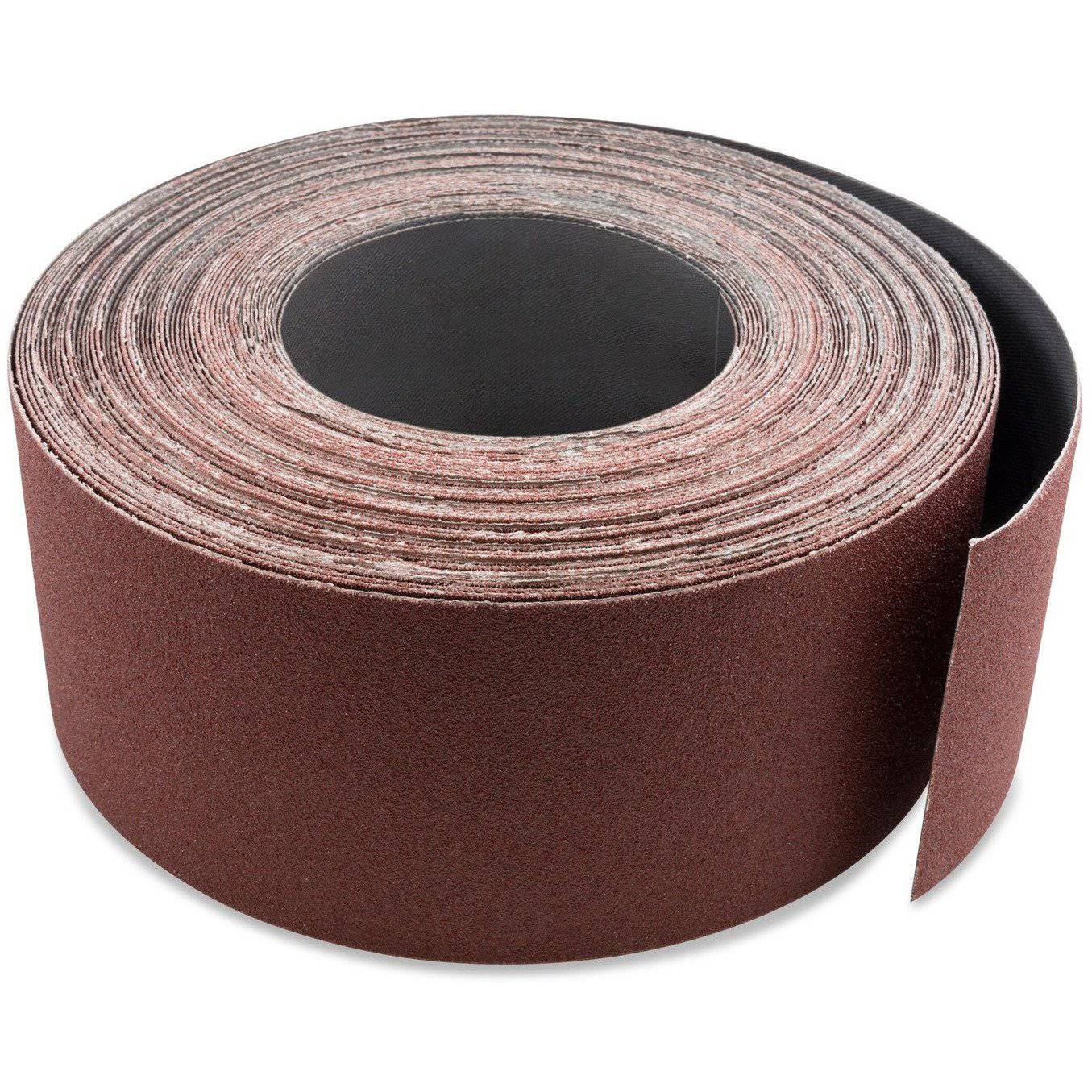
3 inch X 70 FT Woodworking Aluminum Oxide Cloth Drum Sander Strip Roll
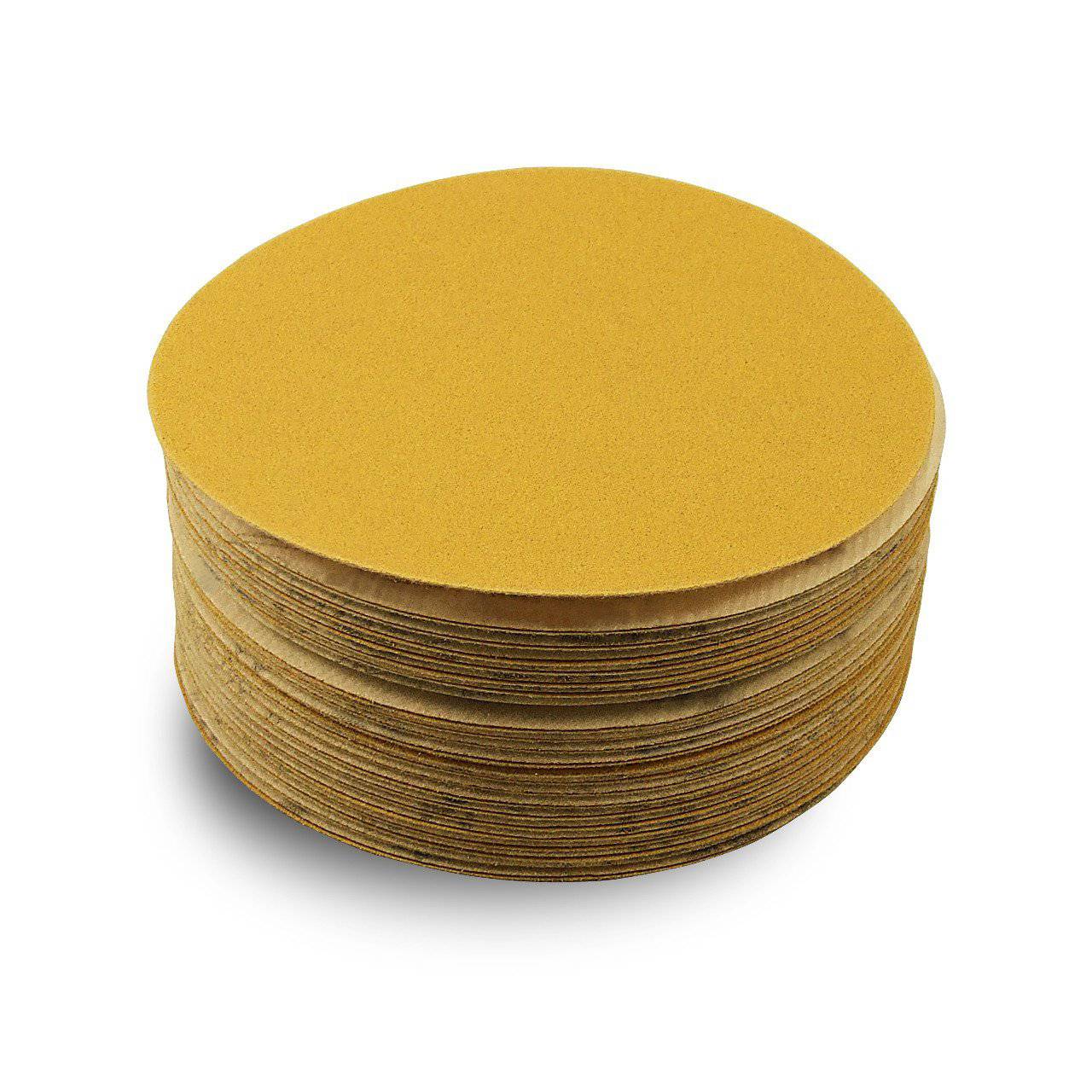
5 Inch Hook and Loop Gold Sanding Discs, 50 Pack
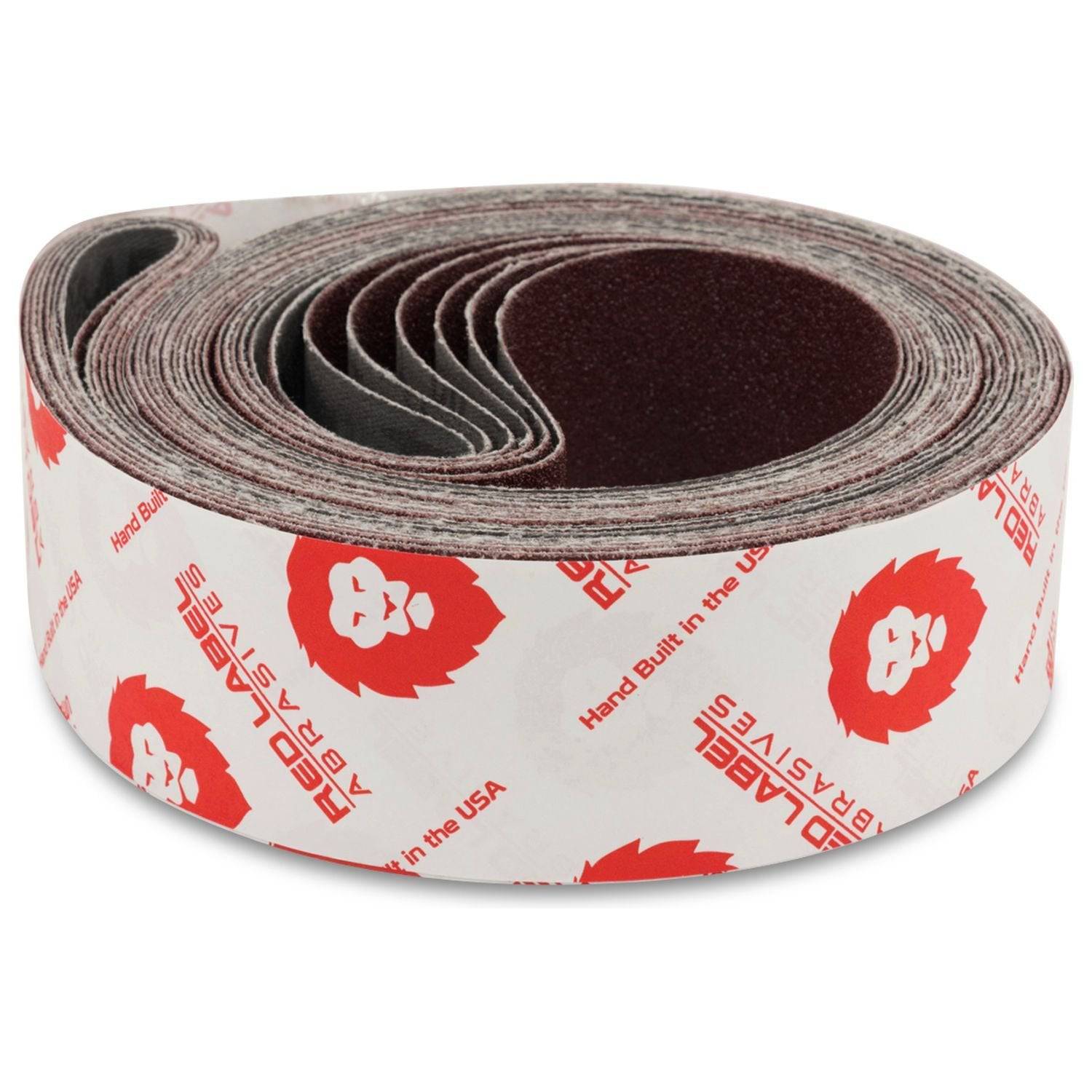
2 X 72 Inch Multipurpose Sanding Belts, 6 Pack
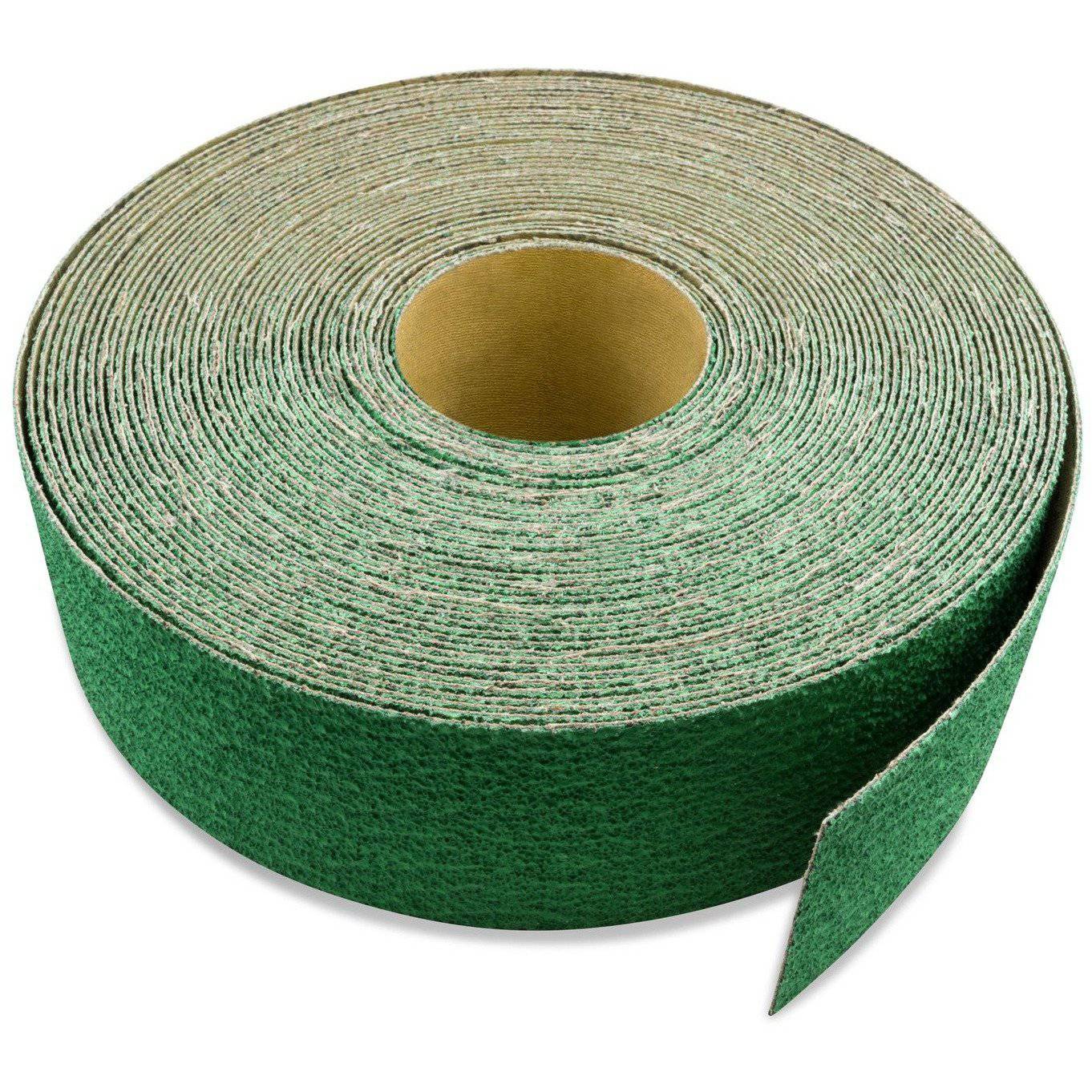
3 inch X 70 FT Premium Zirconia Woodworking Drum Sander Roll
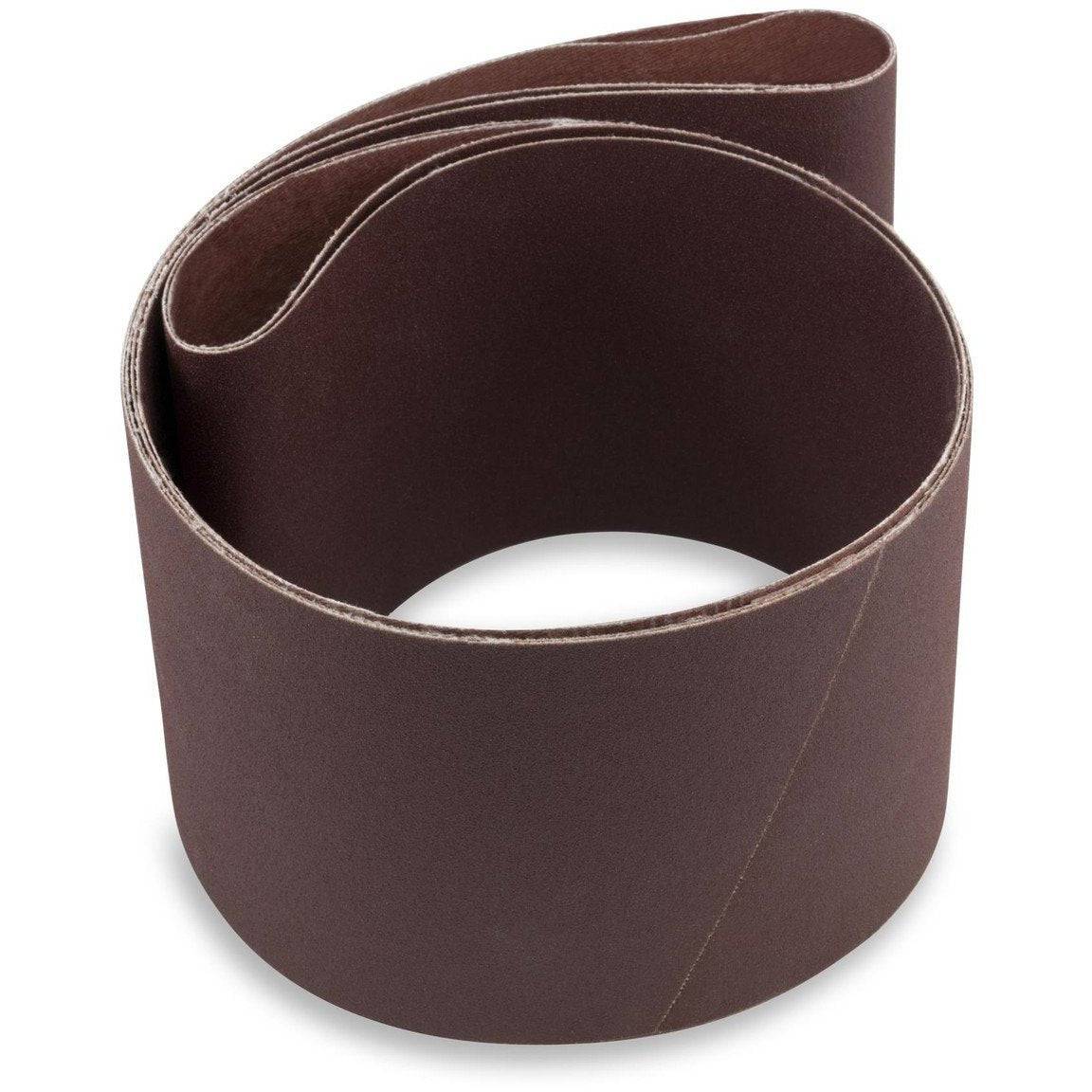
6 X 48 Inch Aluminum Oxide Wood & Non-Ferrous Sanding Belts, 2 Pack






